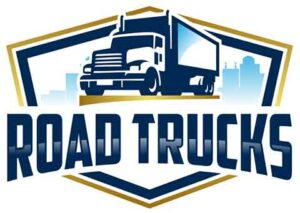A CDL is required for all large hauls on public roadways. But with so many trailers and different transportation options, it is easy to wonder if you need a CDL for certain loads or trailers. One such example is the Gooseneck trailer.
To legally pull a Gooseneck trailer, it will require a Class A or Class B CDL, depending on the weight of the trailer and tow vehicle and/or if it’s used for transporting and commercial purposes. A CDL may not be required if the haul falls under these requirements, but it is not likely.
For more specifics on what is required for a CDL for pulling a Gooseneck trailer, then continue on.
Contents
What is a Gooseneck Trailer?
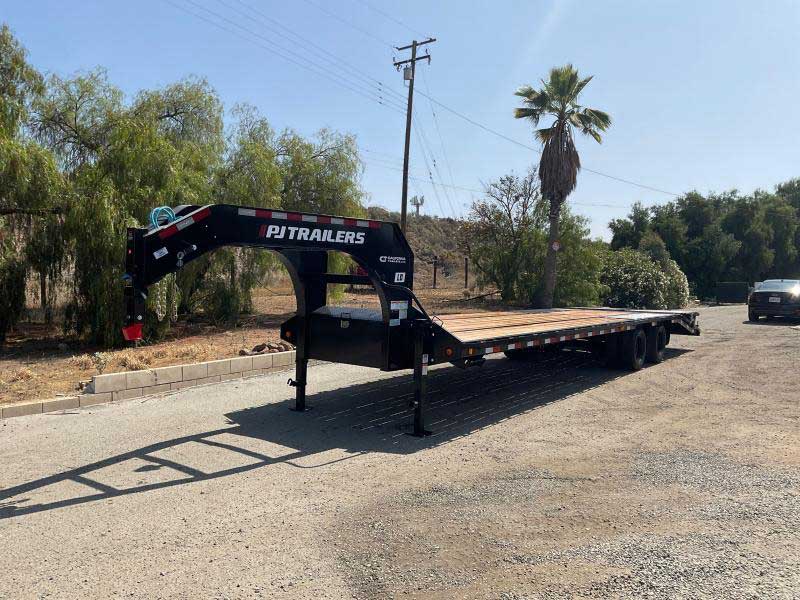
The gooseneck trailer gets its name from its hitch. The hitch curves out and down from the trailer bed, giving the impression of a goose’s neck and head. The trailer bed itself can vary from a flatbed to a camping trailer. The important thing is the actual hitch.
Gooseneck trailers are defined as a Class V hitch. A Class V hitch can be used for weight carrying and weight distributing, depending on your vehicle and hitch. They are attached to the vehicle frame only through a ball mount and hitch ball. Class V hitches are rated to carry up to 12,000 lbs. in gross trailer weight (GTW), which is the total weight of both trailer and cargo. They can distribute weight up to 17,000 lbs. GTW.
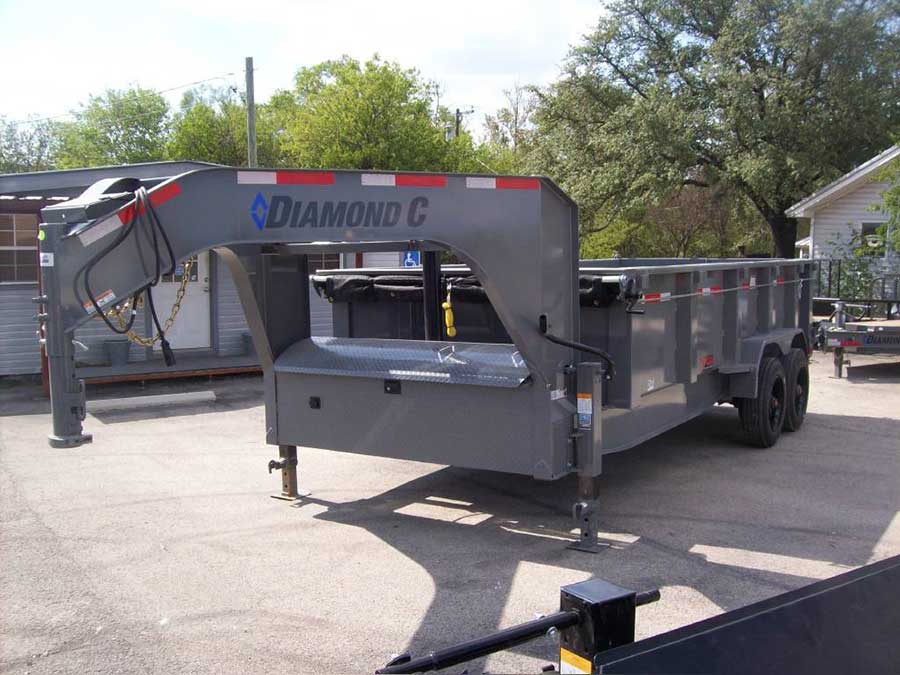
Unlike most trailers, the Gooseneck trailer is not attached to the bumper. It is centered over the rear axle of the tow vehicle. This distributes the weight better, allowing for more stability, smoother travel, and less of a struggle to haul heavier cargo. But because of this specific hitch, you need a pick-up truck or a ball mount to use a Gooseneck trailer.
What is a CDL?
A CDL stands for Commercial Driver’s License. A CDL is required for anyone driving a Commercial Motor Vehicle (CMV). CMVs require more knowledge, experience, and skill than driving a standard vehicle. CMVs have a wide range. They can be trucks with double trailers, triple trailers, tanks, or hazardous materials. They are also any vehicle that carries more than sixteen people (such as buses).
CDLs are given out by state governments and are generally done through the driver’s home state as it is illegal to have a license from more than one state. Each state will have slightly different qualifications for what vehicles or travel details require or do not require having a CDL.
There are three classes of CDLs, broken up by what exactly you are driving or pulling. Class A and Class B are broken up by the weight of your vehicle and the weight of what you are pulling. Class C is required for passenger transportation and for the transportation of hazardous materials.
CDL holders are held to a higher standard of safe driving on public roads and can have their certification revoked or removed through serious traffic violations.
Requirements for a CDL
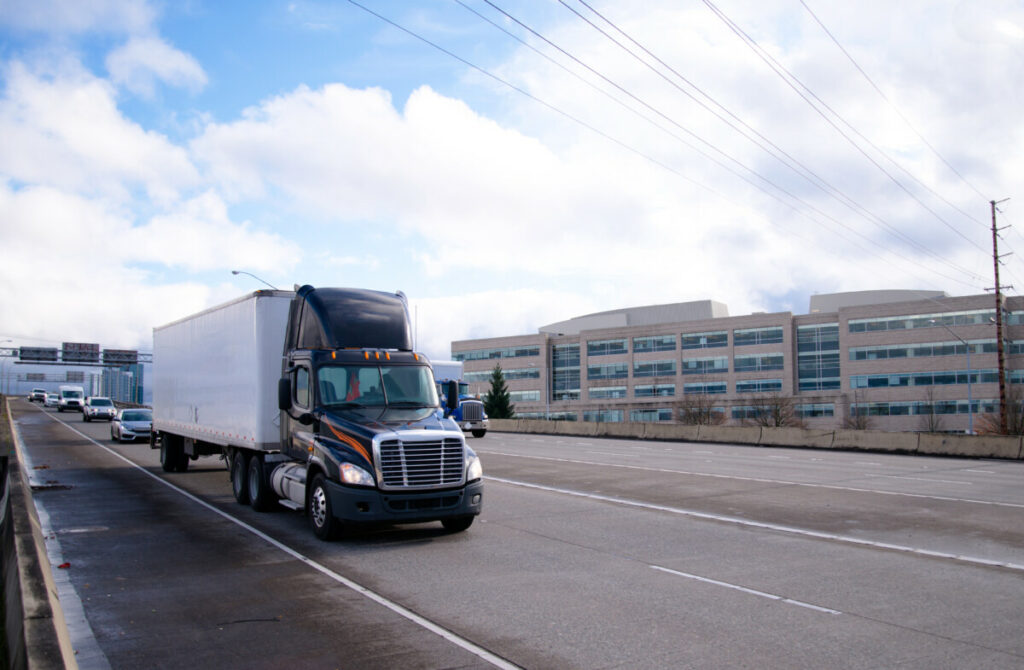
What constitutes having a CDL? There are two main factors that you can break the requirements into.
Commercial Use
If what you are hauling is for commercial use, then you are required to have CDL.
Unfortunately, this can be a tricky thing to define, especially since some states may have a different definition of what “commercial commerce” means. It gets even more complicated when you take in interstate commerce vs. intrastate commerce.
On the federal level, the Federal Motor Carrier Safety Administration (FMCSA) defines a CMV as “a self-propelled or towed vehicle used on the highways in interstate commerce to transport passengers or property.”
It also defines interstate commerce as “between a place in a state and a place outside of the state (including a place outside of the United States); or between two places in a state through another state or a place outside of the United States; or between two places in a state as a part of the trade, traffic or transportation originating or terminating outside the state or the United States.”
Intrastate commerce is any trade, traffic, or transportation that takes place in any State and does not fall under “interstate commerce.”
If you are hauling supplies or equipment for a company or for a job that you are being paid to do, then it is safe to assume you fall under commercial commerce. If you are transporting animals or equipment for check-ups or tune-up, then it is considered commercial commerce.
For specific State rules or definitions, then contact your State licensing bureau (e.g., Department of Motor Vehicles) for more information or clarification on what would qualify as commercial commerce.
Weight
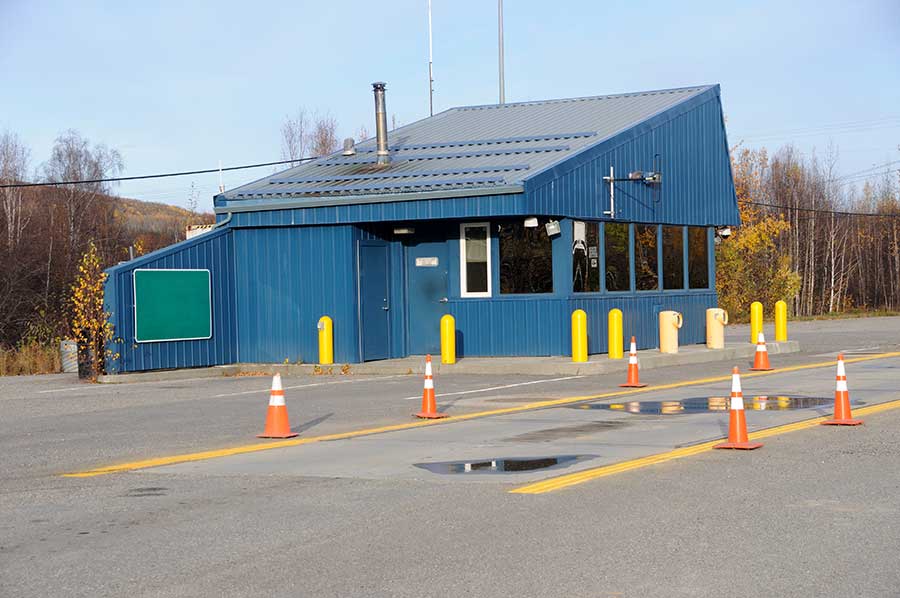
The easier way to figure out if you require a CDL and what class you may need has to do with weight.
To understand how they are split up, let’s first define two required terms:
Gross Combined Weight Rating (or GCWR) is the total weight of the vehicle, the cargo, and the passenger weight. Gross Vehicle Weight Rating (or GVWR) refers to the maximum loaded weight that your truck can safely transport as prescribed by the manufacturer.
For a Class A CDL, your tow-vehicle manufacturer’s assigned GCWR must exceed 26,000 lbs. and your trailer’s GVWR must exceed 10,000 lbs. If there is no assigned GCWR to one or both vehicles, then the sum of the GVWRs must exceed 26,000 lbs. The trailer’s GVWR must exceed 10,000 lbs. Either way requires a Class A CDL.
A Class B CDL is required to operate a single vehicle (such as a truck, bus, van, or automobile) if that vehicle has a GVWR of more than 26,000 lbs. It is also required if that vehicle has a GVWR or 10,000 lbs. or less (if it exceeds 10,000 lbs., then Class A is needed).
How do You Get a CDL?
What do you need to do to get a CDL? Just like a standard driver’s license, there are specific qualifications you must have in order to get a CDL.
They are:
- Be 21 years or older (18 years for a driver to drive within any state)
- Submit a CDL license application and pay the required fee
- Provide identification documents (social security number verification, government-issued id, etc.)
- Proof of US residency
- Submit medical examination results and examiner’s certifications
- Pass a vision examination
- Pass your CDL exam
- After passing the CDL exam, get a Commercial Lerner’s Permit (CLP)
- Wait at least 14 days before scheduling your CDL road skills examination
- Pass the pre-trip inspection
- Pass your CDL road skills examination
- Pay the required fee for a CDL license
- Depending on your state, you may be required to provide additional documents to verify your name and proof of residency.
Some states may require more or less. Contact your State licensing bureau (e.g., Department of Motor Vehicles) for your State’s specific requirements for a CDL.
